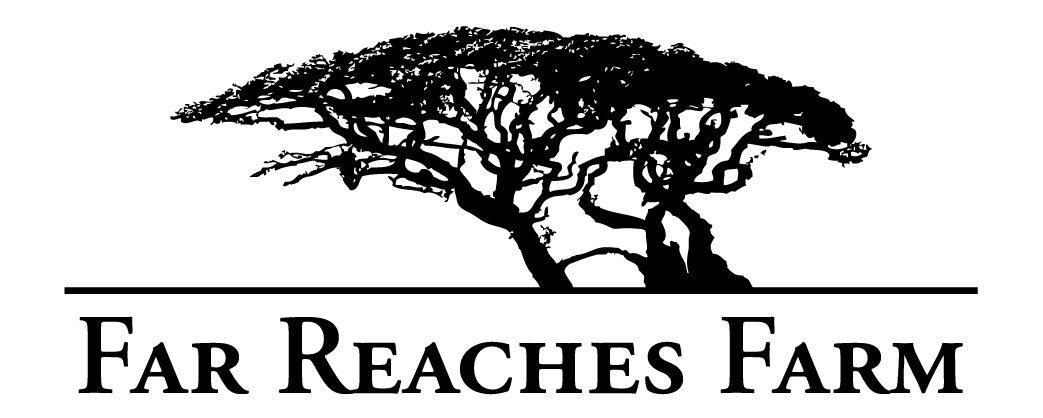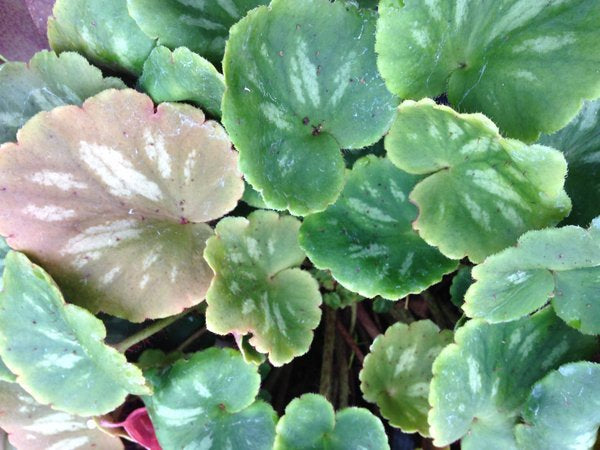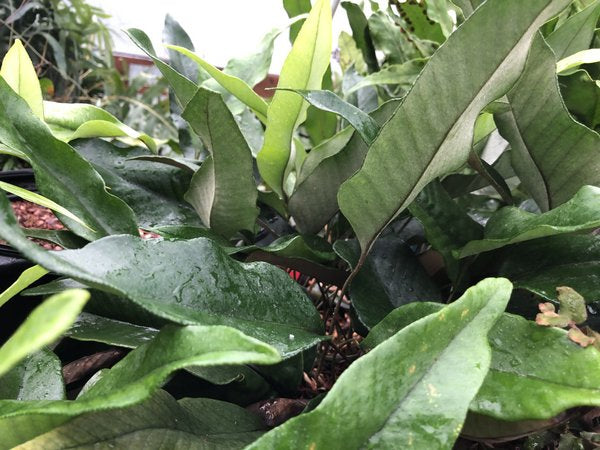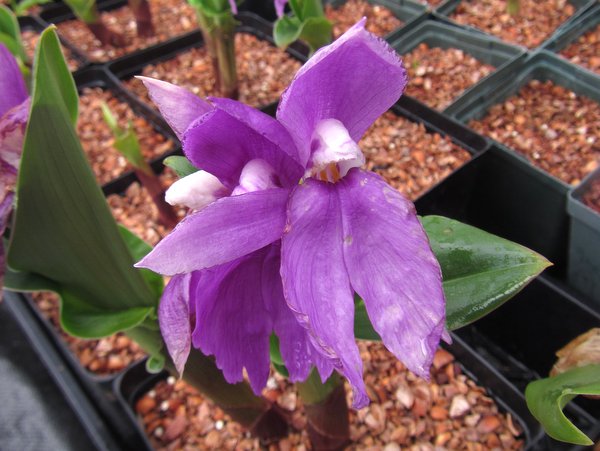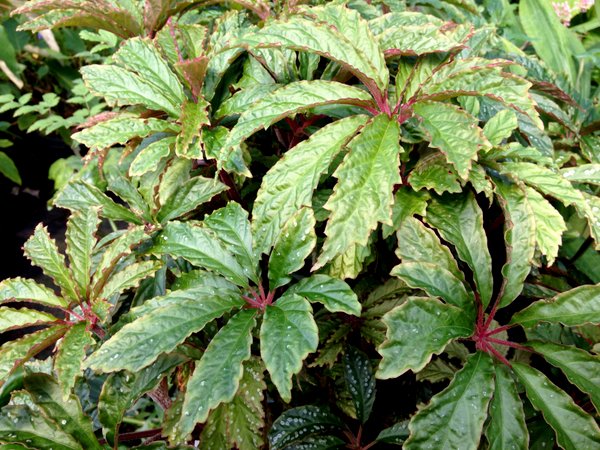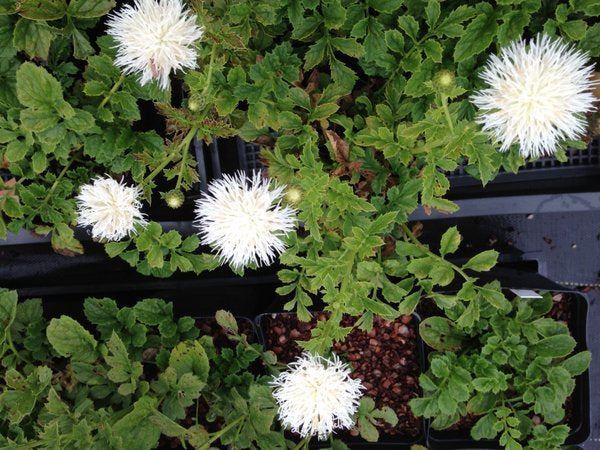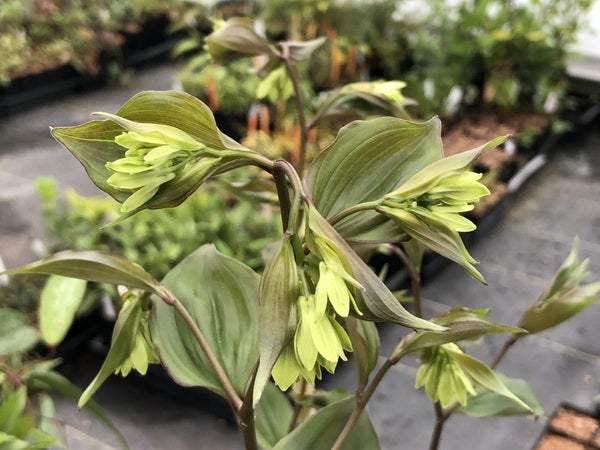Sort by:
451 products
451 products
These are from a superb collection by Darrell Probst from China, which is notable for having over 20 small maroon-mahogany flowers clustered just under the leaf blade. If you have a choice, more flowers makes it easy! This is a striking addition to the shade garden and a moist rich soil will make this very happy, which has a direct positive influence on you. We're pretty sure you won't find this too many other places. We always liked it but now we like it even more!
On the spectrum of hardy aroids Pinellias fall somewhere between Arum and Arisaema with the attractive heart shaped leaves of the former and the hooded long-tongued flowers of the latter. Take that mix and shrink it all down and you get this lil cutie which reproduces itself by offsets and bulbils held on the leaves while not being as weedy as some other Pinellias. I have some qualms on calling this and the other larger marbled "form" the same thing but whatever the correct name it is still well worth having.
Our collection from Asia of this evergreen fern we might refer to as Pyrrosia lingua, but given that taxonomy is especially fluid these years, we're allowing it might be something different. This formed an impressive colony on the bluff overlaying a partly shaded large rock slab where it would endure periods of dry. Vigorous! Good drainage is important.
Our collection from Asia of what is likely the first introduction of this exceptional form of this equally exceptionally rare variety. Attractive leaves that are terminally cleft into bilateral lobes. The 12" long hanging panicles of white flowers are the finest in the genus, holding their own among the best of flowering trees. So much better than the straight species. Seed-grown younguns from the original plants. Who's your plant daddy!!!!! Photo credit to Steve Hootman. Proceeds from this offering go to support the mission of Far Reaches Botanical Conservancy.
A crisp October morning at 10000’ on the frozen summit of a mountain in Hubei with small copses of Rhododendron oreodoxa var. fargesii huddled together with leaves curled tubular in the cold. The grassy patches among the rock outcrops were brown and sparkling with frost crystals. We were there in search of the wee Allium henryi discovered in this area by Irish plant hunter Augustine Henry in the 1880’s but perhaps not introduced as our research indicated it was dubiously in cultivation if at all. At this point in the season, most herbaceous plants had succumbed to repeated hard frosts and we were left searching for likely maybe could be Allium withered brown foliage and tattered spent seed heads all of 3-4 inches in height. The view was spectacular although until we could claim a seed or two of a dwarf Allium, we could not give its just due. At last we found a scant few small plant remains in a weekly-grassed spot and some equally petite remnants in humus pockets on the flanks of a shaded rock cliff. Less than 10 seeds from each and we could find no more allowing us a moment to soak in the magnificence of lesser mountains marching away before as with precipitous valleys intervening all clad in true firs (Abies fargesii var. fargesii) which was so familiar yet so exotic. We realized this was one of the great vistas and Kelly said “Mom would like this” and from his pack pulled out a Ziploc of said mom’s ashes and gave them a good scattering. So what about those onion seeds? One lot did indeed turn out to be the blue-flowered Allium henryi with flat leaves lined in white underneath while the other, this one, proved to be the thin-leaved and also blue-flowered Allium cyaneum.
